Transition in genomic states: ZGA
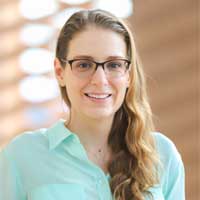 | Amanda Amodeo (Dartmouth College, USA) |
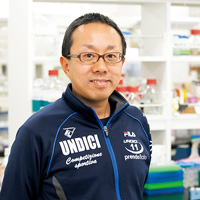 | Ichiro Hiratani (RIKEN Center for Biosystems Dynamics Research, Japan) |
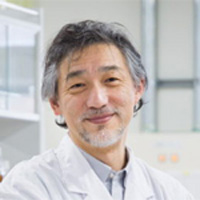 | Hiroshi Kimura (Tokyo Institute of Technology, Japan) |
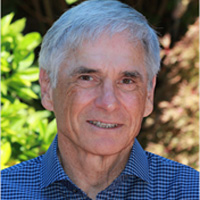 | Patrick O'Farrell (University of California San Francisco, USA) |
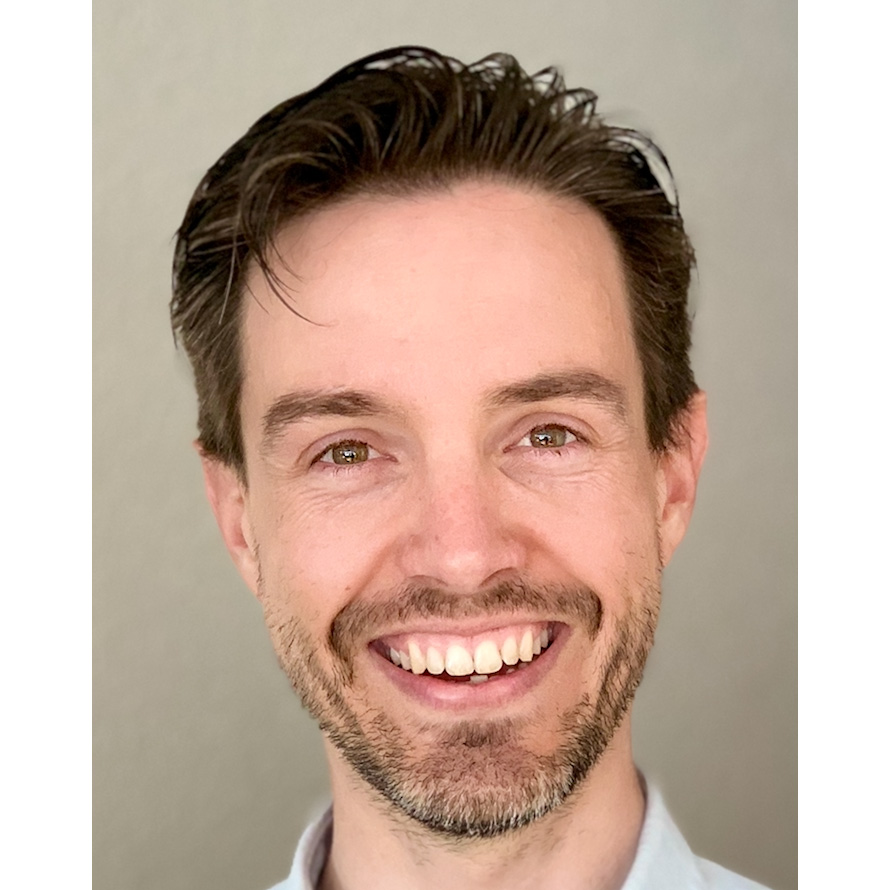 | Juanma Vaquerizas (Imperial College London, UK) |
Mechanical phase transitions
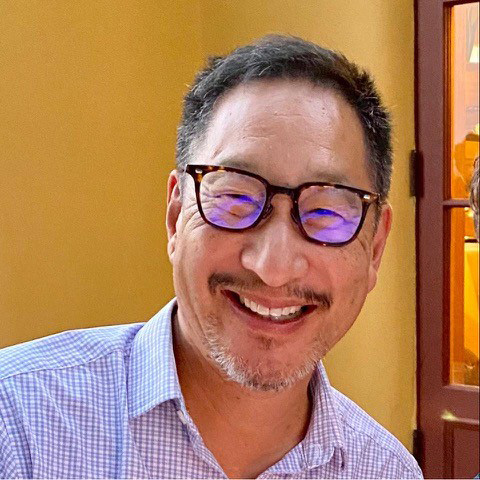 | Fred Chang (University of California San Francisco, USA) |
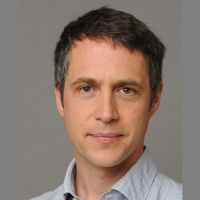 | Carl-Philipp Heisenberg (Institute of Science and Technology Austria, Austria) |
 | Kinneret Keren (Technion - Israel Institute of Technology, Israel) |
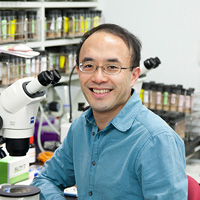 | Yu-Chiun Wang (RIKEN Center for Biosystems Dynamics Research, Japan) |
Technological frontiers in cell state transitions
 | Liam Holt (New York University School of Medicine, USA) |
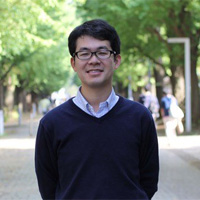 | Moritoshi Sato (The University of Tokyo, Japan) |
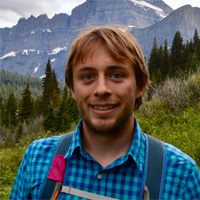 | Geoffrey Schiebinger (The University of British Columbia, Canada) |
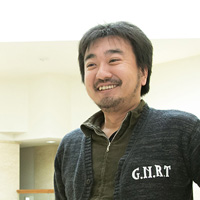 | Yoshihiro Shimizu (RIKEN Center for Biosystems Dynamics Research, Japan) |
Cellular transitions in tissues to organisms
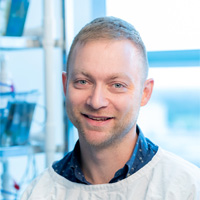 | Ben Hogan (The University of Melbourne, Australia) |
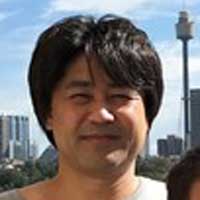 | Kazu Kikuchi (National Cerebral and Cardiovascular Center, Japan) |
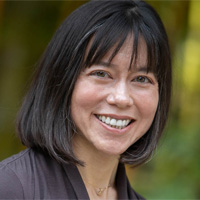 | Lucy O'Brien (Stanford University School of Medicine, USA) |
 | Li-Kun Phng (RIKEN Center for Biosystems Dynamics Research, Japan) |
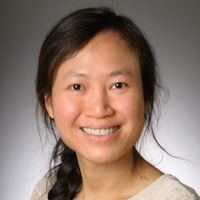 | Hanh Vu (EMBL Heidelberg, Germany) |
Metabolic steering of life-stage transitions
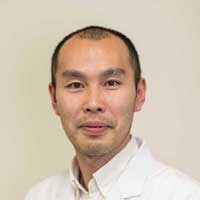 | Koji Atarashi (Keio University, Japan) |
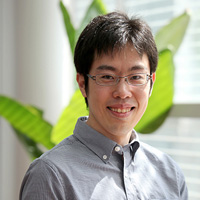 | Wataru Kimura (RIKEN Center for Biosystems Dynamics Research, Japan) |
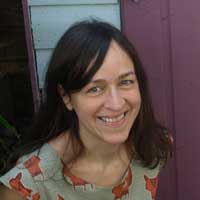 | Irene Miguel-Aliaga (Imperial College London, UK) |
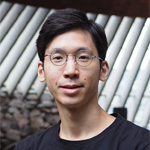 | Hidenobu Miyazawa (EMBL Heidelberg, Germany) |
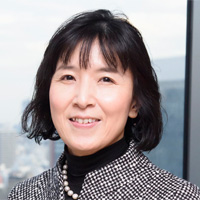 | Emi Nishimura (The University of Tokyo, Japan) |
Behavioral transitions: plasticity of homeostasis
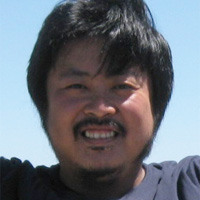 | Masayuki Oginuma (Osaka University, Japan) |
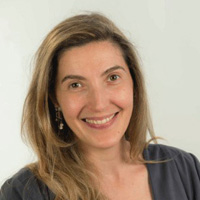 | Nathalie Rochefort (The University of Edinburgh, UK) |
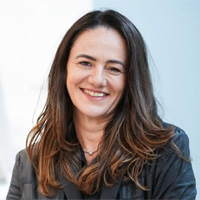 | Asya Rolls (Technion - Israel Institute of Technology, Israel) |
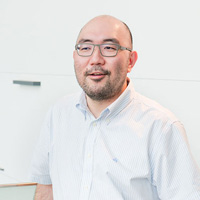 | Genshiro A. Sunagawa (RIKEN Center for Biosystems Dynamics Research, Japan) |
 | Sae Tanaka (The Exploratory Research Center on Life and Living Systems, National Institutes of Natural Sciences, Japan) |


